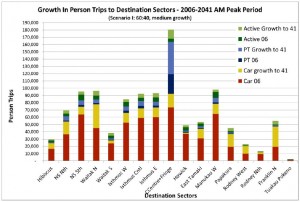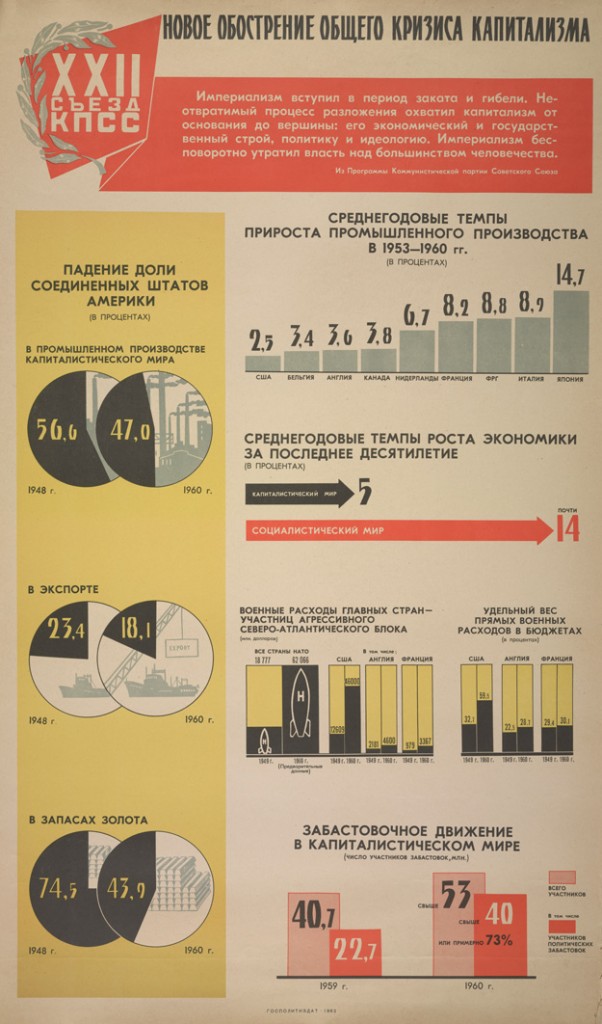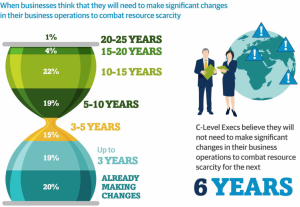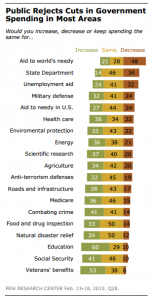NRL Predictions, Round 1
Team Ratings for Round 1
Here are the team ratings prior to Round 1, along with the ratings at the start of the season. I have created a brief description of the method I use for predicting rugby games. Go to my Department home page to see this.
| Current Rating | Rating at Season Start | Difference | |
|---|---|---|---|
| Storm | 9.73 | 9.73 | 0.00 |
| Bulldogs | 7.33 | 7.33 | 0.00 |
| Cowboys | 7.05 | 7.05 | 0.00 |
| Rabbitohs | 5.23 | 5.23 | -0.00 |
| Sea Eagles | 4.78 | 4.78 | 0.00 |
| Raiders | 2.03 | 2.03 | 0.00 |
| Knights | 0.44 | 0.44 | 0.00 |
| Dragons | -0.33 | -0.33 | -0.00 |
| Broncos | -1.55 | -1.55 | 0.00 |
| Sharks | -1.78 | -1.78 | 0.00 |
| Titans | -1.85 | -1.85 | 0.00 |
| Wests Tigers | -3.71 | -3.71 | -0.00 |
| Roosters | -5.68 | -5.68 | 0.00 |
| Panthers | -6.58 | -6.58 | -0.00 |
| Eels | -8.82 | -8.82 | 0.00 |
| Warriors | -10.01 | -10.01 | 0.00 |
Predictions for Round 1
Here are the predictions for Round 1
| Game | Date | Winner | Prediction | |
|---|---|---|---|---|
| 1 | Roosters vs. Rabbitohs | Mar 07 | Rabbitohs | -6.40 |
| 2 | Broncos vs. Sea Eagles | Mar 08 | Sea Eagles | -1.80 |
| 3 | Eels vs. Warriors | Mar 09 | Eels | 5.70 |
| 4 | Bulldogs vs. Cowboys | Mar 09 | Bulldogs | 4.80 |
| 5 | Panthers vs. Raiders | Mar 10 | Raiders | -4.10 |
| 6 | Storm vs. Dragons | Mar 10 | Storm | 14.60 |
| 7 | Sharks vs. Titans | Mar 10 | Sharks | 4.60 |
| 8 | Knights vs. Wests Tigers | Mar 11 | Knights | 8.60 |



